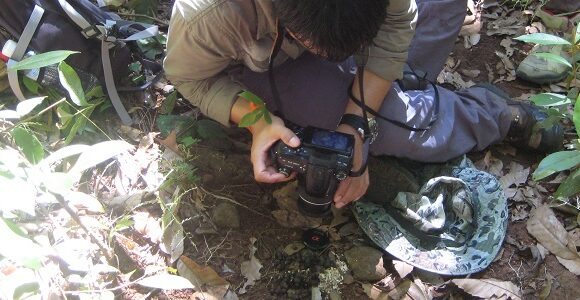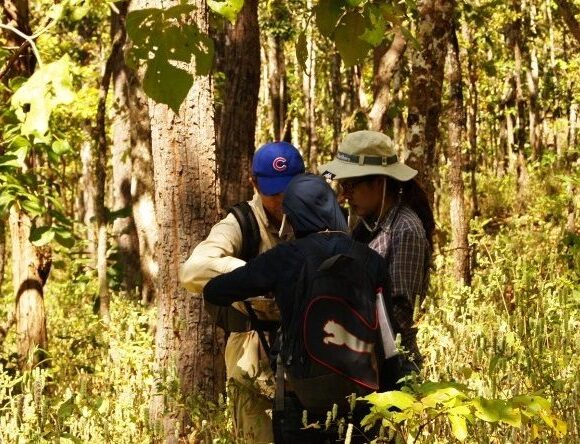SLP Environmental offers a full range of specialist ecological appraisal and habitat survey services across South East Asia ranging from preliminary Phase 1 Ecological Appraisals through to more detailed and focused Phase 3 Ecological Surveys designed to investigate specific population or community dynamics.
SLP Environmental routinely conduct Phase 1 Ecological Appraisals as part of the overall Environmental Impact Assessment (EIA) process. Ecological screening is recommended by the International Association for Impact Assessment (IAIA, 2005) as the first step in the assessment of the potential biodiversity impacts associated with a proposed project. For this type of Phase 1 study SLP Environmental has adapted the methodology developed by the Chartered Institute for Ecology and Ecological Management for conducting an ‘Initial Ecological Investigation and Evaluation of a Proposed Project’ (CIEEM, 2013).
A Phase 1 Ecological Appraisal is a two stage investigative process involving i) desktop study and data mining followed by ii) targeted project site area reconnaissance, mapping and ground truthing. The Phase 1 Ecological Appraisal provides a rapid survey method for recording the patterns and location of natural vegetation and habitats over relatively large areas and is ideal for both medium and large footprint projects. The information obtained through the desktop survey and targeted project site and environs reconnaissance is used to characterise the existing terrestrial ecological values of the project site area and conduct a ‘likelihood of occurrence assessment’ for known conservation significant species based on:
Each conservation significant species is assigned a likelihood of occurrence ranking as follows; Unlikely to Occur, May Occur, Likely to Occur or Confirmed Present. A biodiversity screening map is commonly developed to assist in the understanding of spatial relationships between the biological environment and the proposed Project activities.
If the Phase 1 Ecological Appraisal reveals evidence of the potential presence of threatened, endemic and or sensitive species or communities within the project site area then a Phase 2 Ecological Survey is often undertaken. A Phase 2 Ecological Survey involves a more intensive study of the project area to confirm whether threatened species or communities are actually present. Phase 2 surveys may have particular seasonal requirements and involve trapping or using other species detection methods (such as ultrasonic bat call recording or remote camera sensing), in addition to ongoing desktop research and local consultations. The objective of a Phase 2 Ecological Survey is to confirm the presence or likely absence of threatened, endemic or sensitive species, and to gain an initial understanding of how the species (if present) may utilise the project site area and may be affected by the project activities. In the case of vegetation communities, detailed mapping and descriptions are undertaken.
In some cases, a Phase 3 Ecological Survey may be recommended. A Phase 3 study is a detailed survey designed to investigate specific population or community dynamics such as how many individuals of a target species may be present, or may rely on, resources within the project site area and how the habitat present is utilised by the target species. Sometimes adjoining areas are also surveyed to determine whether the project area population is isolated or is part of a wider population, and to understand the relative value of habitat within the wider project site area. At the completion of Phase 3 Ecological Survey it should be possible to undertake a comprehensive ecological impact assessment and develop ecological impact mitigation strategies.





